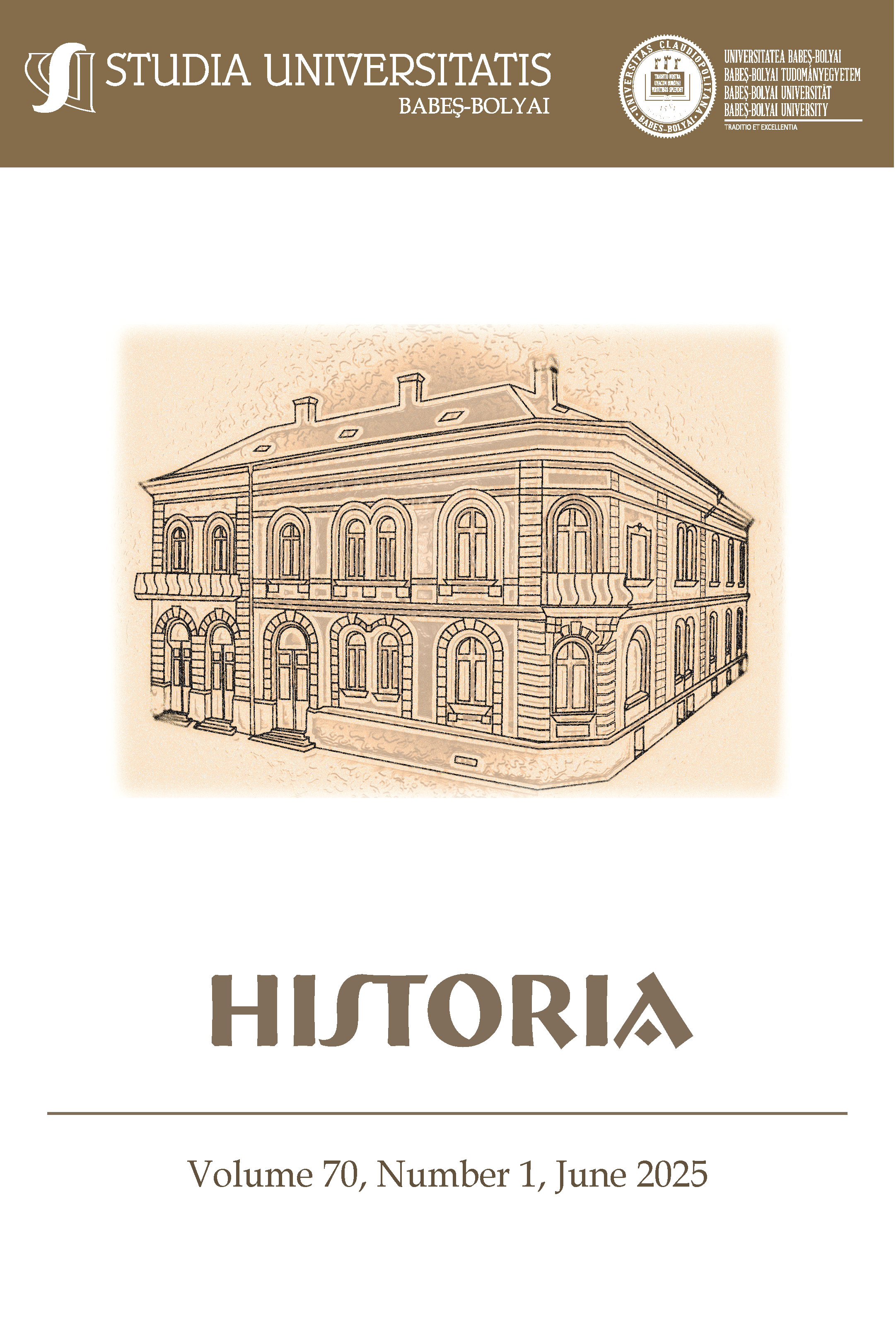Sorin Mitu, Românii și ungurii. Un război imagologic de o mie de ani (cu o continuare virtuală până în anul 2100) [Romanians and Hungarians. A Thousand-Year Imagological War (with a Virtual Continuation Until the Year 2100)], Iaşi, Polirom, 2024, 612 p.
Abstract
In 2024, Professor Sorin Mitu presented us with one of his most beautiful and substantial books: Românii și ungurii. Un război imagologic de o mie de ani (cu o continuare virtuală până în anul 2100) [Romanians and Hungarians: A Thousand-Year Imagological War (with a Virtual Continuation Until the Year 2100)]. This is a topic that the distinguished academic from Cluj has reflected on extensively, and previously explored in other editorial projects, such as the following volumes: Românii văzuţi de maghiari: imagini şi clişee culturale din secolul al XIX-lea [Romanians as seen by Hungarians: Cultural Images and Clichés from the 19th Century] (1998), and Ungurii despre români. Naşterea unei imagini etnice [Hungarians on Romanians. The Birth of an Ethnic Image] (2004), both written in collaboration with Melinda Mitu. This is therefore a long-term topic for Professor Mitu, who has chosen to examine an issue that has been widely discussed and written about in the shared space of the two peoples over time, from the perspective of comparative imagology. The book opens with an argument in which methodological considerations are intertwined with aspects of the author’s biography and life experience. This preludes the scientific approach and systematic research of the topic. The book is divided into five sections, comprising 22 chapters. The final section is titled Instead of Conclusions: The Age to Come (A Virtual Continuation Until the Year 2100). Here, the author imagines the potential political evolution of Romania and Hungary, as well as Romanian–Hungarian relations and mutual perceptions. The author has set himself an ambitious and far-reaching task: to “catalogue” the entire Romanian–Hungarian relationship from the perspectives of attitudes, perceptions, and mutual representations over the course of a millennium – from the arrival of the Hungarians in the Pannonian Plain to the present day. In doing so, he captures the contributions and specificities of the great eras of history in this area of imagological relations between the two peoples. The titles of the five sections of the book are suggestive in this regard: The Middle Ages and Early Modernity (896–1699); The Modern Era (1700–1918); The Century of Extremes: Between the Wars (1919–1944), The Century of Extremes: Communism (1945–1989), and The Recent Era (1990–2024...). The final part of the volume contains a concluding chapter entitled (Instead of Conclusions...), as well as Notes, a final Bibliography and an Index of names. The book is structured according to the principle of chronological succession. It invites readers to embark on a fascinating journey through time, spanning a millennium. This journey allows readers to “encounter” two interacting models of identity and culture, which have given rise to a particularly rich imaginary, whether through peaceful or conflictual interaction. By examining the content of the book, we can gain an understanding of how ethnic and ethno-national perceptions were formed, how Romanians and Hungarians viewed each other, and how the major Romanian and Hungarian identity myths emerged and gained power under the influence of the nationalist ideology of late modernity.
Downloads
Published
How to Cite
Issue
Section
License
Copyright (c) 2025 Studia Universitatis Babeș-Bolyai Historia

This work is licensed under a Creative Commons Attribution-NonCommercial-NoDerivatives 4.0 International License.



